- Size
- Smallest
- Small
- Small to Medium
- Medium
- Large
- Giant
- Characteristics
- Smartest
- Hypoallergenic
- Fluffy
- Best Guard
- Best Family
- Best for Kids
- Low Shedding
- Healthiest
- Police Dogs
- Most Calm
- Quietest
- Color
- White
- Black
- Grey
- Brown
- Blue
- Red
- Coat
- Hairless
- Short
- Long
- Origin
- Japan
- China
- Australia
- Germany
- Italy
- United States
- France
- Group
- Hound
- Terrier
- Herding
- Toy
- Working
- Sporting
The Canary: A New Owner's Guide (What To Know)
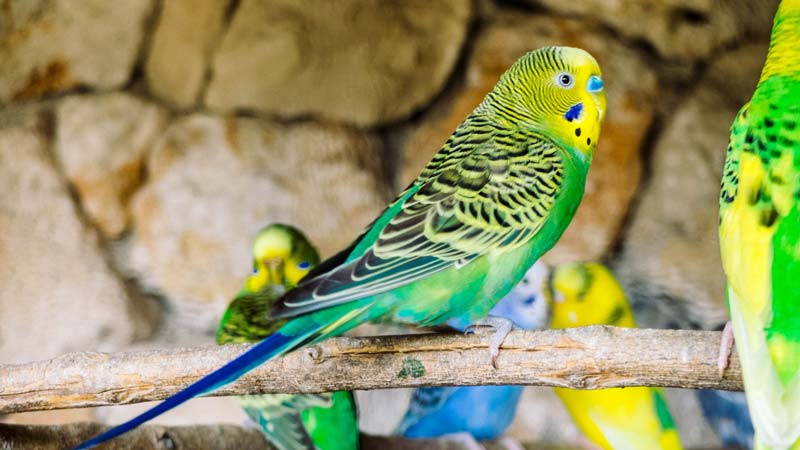
Photo by Robert Katzki on Unsplash
Canaries (Serinus canaria) are native to the Canary Islands, a Spanish archipelago off the northwest coast of Africa. They were originally found in the wild on these islands, particularly on the islands of Tenerife and Gran Canaria.
Canaries were first domesticated by the ancient Romans. Initially, they were prized for their song rather than their appearance. Over time, selective breeding led to the development of various canary breeds, emphasizing traits like song quality, color, and size.
Today, canaries are popular pets around the world. They're valued for their beauty, melodious songs, and relatively low maintenance, making them an ideal choice for bird enthusiasts.
Here's some information and care tips to ensure a happy and healthy life for your canary:
Basic Information
Species Traits:
Size: Canaries are small birds, typically around 4-8 inches in length.
Lifespan: With proper care, they can live for 7-10 years or more.
Singing Ability: Male canaries are known for their melodious and varied songs. Females also sing but less frequently and with less complexity.
Variety of Colors: They come in various colors and breeds, offering a wide range of plumage from bright yellows to oranges, whites, and greens.
Price:
Common canaries may range from $10 to $50, while specific breeds or rare color variations can cost more, reaching $100 to $150 or even higher for certain unique or prized specimens.
Care Tips
Caring for a canary involves several key aspects to ensure their health and happiness:
Housing:
Cage Size: Choose a spacious cage, ideally around 16x16x20 inches, allowing ample room for movement and flying.
Bar Spacing: Opt for bars spaced approximately 1/2 inch apart to prevent escape or injury.
Perches and Accessories: Offer multiple perches of different diameters and materials to support their feet. Include toys for mental stimulation.
Diet:
Seeds and Pellets: Provide a high-quality canary seed mix or pellets formulated specifically for canaries as a primary diet.
Fresh Foods: Introduce fresh greens like spinach, kale, and vegetables such as carrots or bell peppers for added nutrients.
Egg Food: Offer egg food occasionally, especially during breeding seasons, as a protein supplement.
Water and Hygiene:
Clean Water: Ensure fresh water is available daily, changing it regularly to maintain cleanliness.
Cage Maintenance: Clean the cage routinely, removing droppings, uneaten food, and changing the bedding or liner.
Social Interaction:
Companionship: Canaries can be kept singly or in pairs. Spend time daily talking to or singing softly around them to provide social interaction.
Human Bonding: While not as interactive as some other birds, regular human presence can help them acclimate and feel comfortable.
Environment:
Temperature: Maintain a temperature between 65°F to 75°F (18°C to 24°C), avoiding extreme fluctuations.
Lighting: Provide natural daylight but shield them from direct sunlight to prevent overheating.
Quietness: Ensure a calm environment, as canaries are sensitive to loud noises.
Health Care:
Observation: Monitor their behavior, eating habits, and droppings regularly to detect any signs of illness or distress.
Veterinary Check-ups: Schedule regular visits to an avian veterinarian for health check-ups and necessary vaccinations.
Grooming:
Bathing: Offer opportunities for bathing by providing a shallow dish of water or misting them with a spray bottle.
Nail Trimming: Monitor and trim overgrown nails as needed to prevent discomfort or injury.
Conclusion
Throughout history, canaries have held a special place in human society, whether as prized songsters, industrial helpers, or beloved companions, showcasing their adaptability and charm.
Canaries, with their melodious songs and vibrant personalities, make delightful companions. Proper care, a balanced diet, mental stimulation, and a peaceful environment contribute significantly to their well-being. Creating a comfortable and engaging habitat ensures a fulfilling and joyful life for these charming and musical birds.
You May Also Like
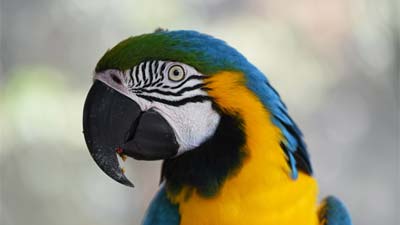 Other Pets, Pet BirdsThe Pionus Parrot: A New Owner's Guide (What To Know)
Other Pets, Pet BirdsThe Pionus Parrot: A New Owner's Guide (What To Know)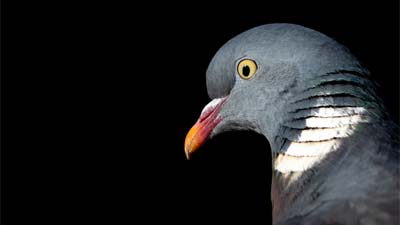 Other Pets, Pet BirdsThe Dove: A New Owner's Guide (What To Know)
Other Pets, Pet BirdsThe Dove: A New Owner's Guide (What To Know)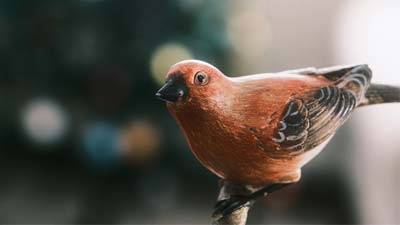 Other Pets, Pet BirdsThe Finch: A New Owner's Guide (What To Know)
Other Pets, Pet BirdsThe Finch: A New Owner's Guide (What To Know)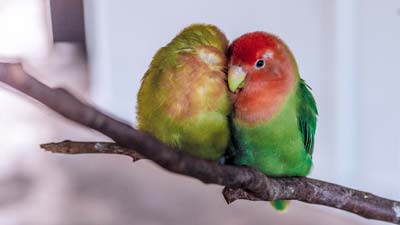 Other Pets, Pet BirdsThe Lovebird: A New Owner's Guide (What To Know)
Other Pets, Pet BirdsThe Lovebird: A New Owner's Guide (What To Know)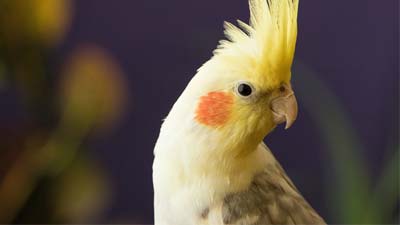 Other Pets, Pet BirdsThe Cockatiel: A New Owner's Guide (What To Know)
Other Pets, Pet BirdsThe Cockatiel: A New Owner's Guide (What To Know) Other Pets, Pet BirdsThe Budgerigar: A New Owner's Guide (What To Know)
Other Pets, Pet BirdsThe Budgerigar: A New Owner's Guide (What To Know)